Enter a surname, town name or other keyword to search the database. Remember to
allow for the different spellings of 'Mc' and 'Mac.' Good luck!
{Search tips: Use single word search terms for more results}
You must enter some valid character(s) into the search field
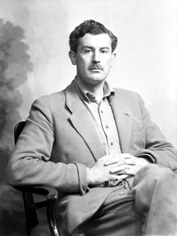
Reference: 40813a
Lord Lovat. Brigadier Simon Ch...
|

Reference: 44611f
Lieutenant John C.O.R Hopkinso...
|
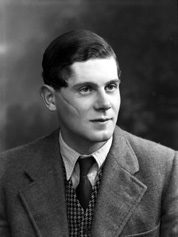
Reference: 44611e
Lieutenant John C.O.R Hopkinso...
|
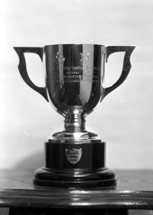
Reference: 28434
Annual Athletic Meeting (Recru...
|
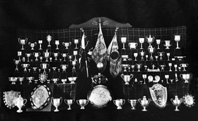
Reference: 30378d
The Ante-Room, Sgts Mess 2nd H...
|
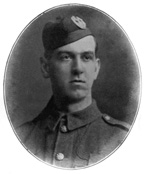
Reference: 27563c
Corporal James Dalgleish Pollo...
|
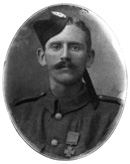
Reference: 27563b
Private Ross Tollerton, Ist Ba...
|
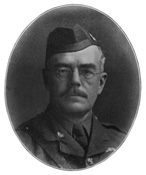
Reference: 27563a
Major Angus Falconer Douglas-H...
|

Reference: 083
Copy of a photograph for Mrs M...
|
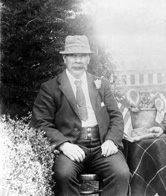
Reference: 838
Copy for Mrs Robertson, Old Ed...
|
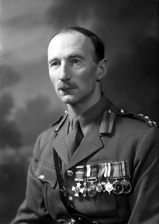
Reference: 43283i
Brigadier Eneas Grant, born 1...
|
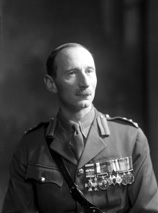
Reference: 43283h
Brigadier Eneas Grant, born 1...
|